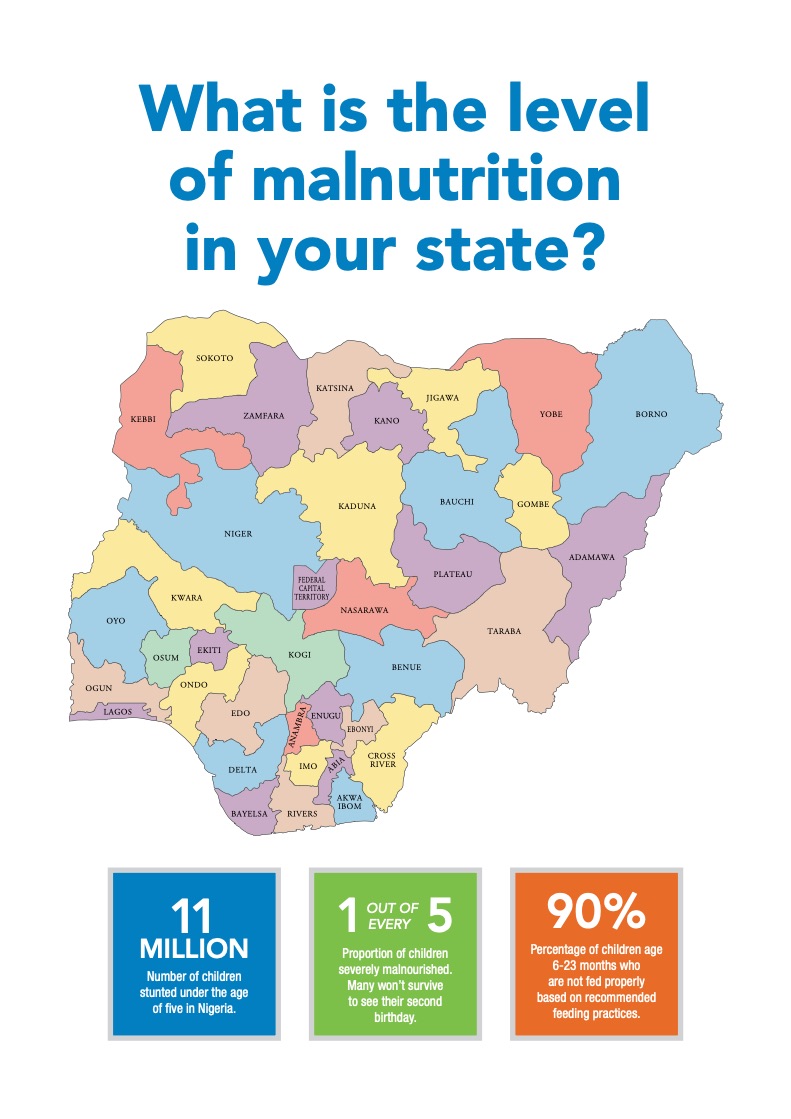Des statistiques différenciées par sexe sont nécessaires pour évaluer les progrès vers les objectifs de développement
(2011) En l’absence de statistiques différenciées par sexe permettant de mesurer la situation des femmes et des hommes et leurs rôles dans la vie sociale, économique, sanitaire et politique, nous avons une capacité limitée d'évaluer les progrès accomplis vers la réalisation de l'égalité des genres ou la hiérarchisation des actions visant à résoudre les questions d’inégalités entre les sexes.






